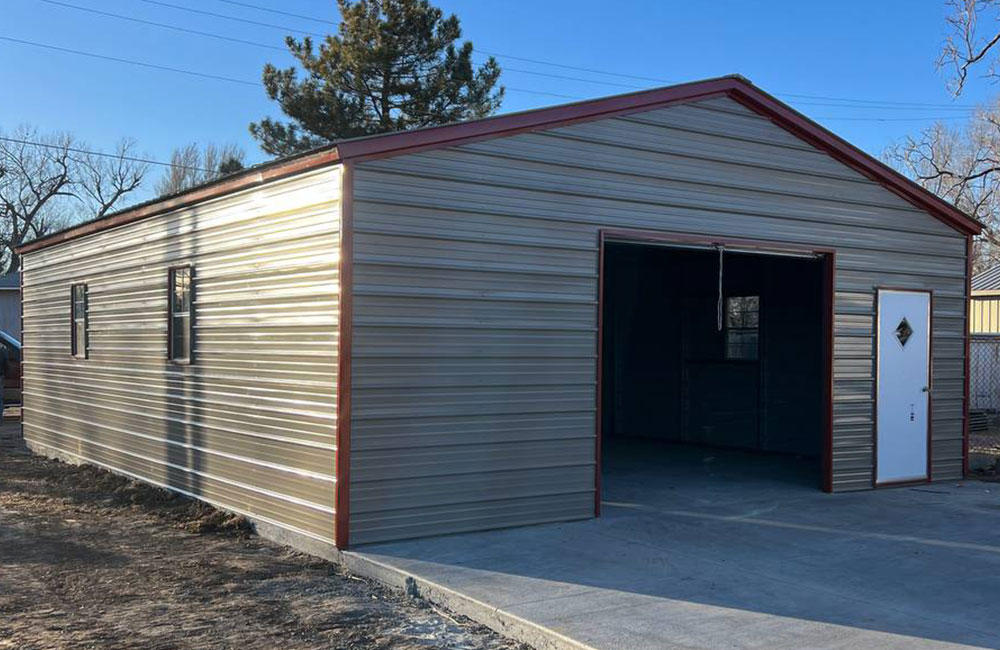
Your garage, often seen as a space for storing cars and forgotten items, holds untapped potential as a garden haven. With a touch of creativity and a green thumb, you can transform your garage into a lush, vibrant garden, bringing the outdoors inside and adding a unique charm to your living space.
1. Assess Your Space
Start by assessing your garage space. Consider the amount of natural light it receives, the existing flooring, and the accessibility to water sources. Understanding these factors will help you plan the layout and choose suitable plants for your indoor garden.
2. Choose the Right Plants
When selecting plants, opt for varieties that thrive in indoor environments. Consider low-light plants such as snake plants, pothos, or peace lilies if your garage has limited sunlight. For garages with ample natural light, herbs like basil, mint, and thyme, as well as flowering plants like orchids and succulents, can flourish beautifully.
3. Create Vertical Gardens
If space is limited, explore vertical gardening solutions. Install shelves, hanging pots, or wall-mounted planters to maximize vertical space. Vertical gardens not only save floor space but also create a visually stunning green wall.
4. Climate Control
Garages can experience temperature fluctuations. Consider investing in a space heater or fan to regulate the climate. Adequate ventilation is essential to prevent mold and maintain a healthy environment for your plants. A dehumidifier can also help control moisture levels, ensuring your indoor garden thrives.
5. Flooring and Drainage
Evaluate the garage’s flooring. If it’s concrete, consider adding rugs or mats to provide a more comfortable surface for your plants. For drainage, choose pots with proper drainage holes to prevent overwatering and root rot. Place saucers under pots to collect excess water, ensuring your plants remain healthy.
6. Lighting Solutions
If your garage lacks natural light, supplement it with artificial lighting. LED grow lights are energy-efficient and mimic natural sunlight, providing the necessary light spectrum for plant growth. Position the lights strategically to cover all your plants adequately.
7. Create a Relaxation Space
Transforming your garage into a garden isn’t just about the plants; it’s also about creating a serene space for relaxation. Add comfortable seating, cozy cushions, and perhaps a small table for tea or reading. Personalize the space with decorative elements to make it inviting and tranquil.
Turning your garage into a garden is a creative endeavor that can breathe life into a neglected space. With careful planning, the right plants, and a touch of design flair, your garage can become a lush oasis, offering a peaceful retreat right in the heart of your home. Whether you’re a gardening enthusiast or a beginner, transforming your garage into a garden opens a world of possibilities, inviting nature inside and enhancing your living space in a unique and refreshing way.
